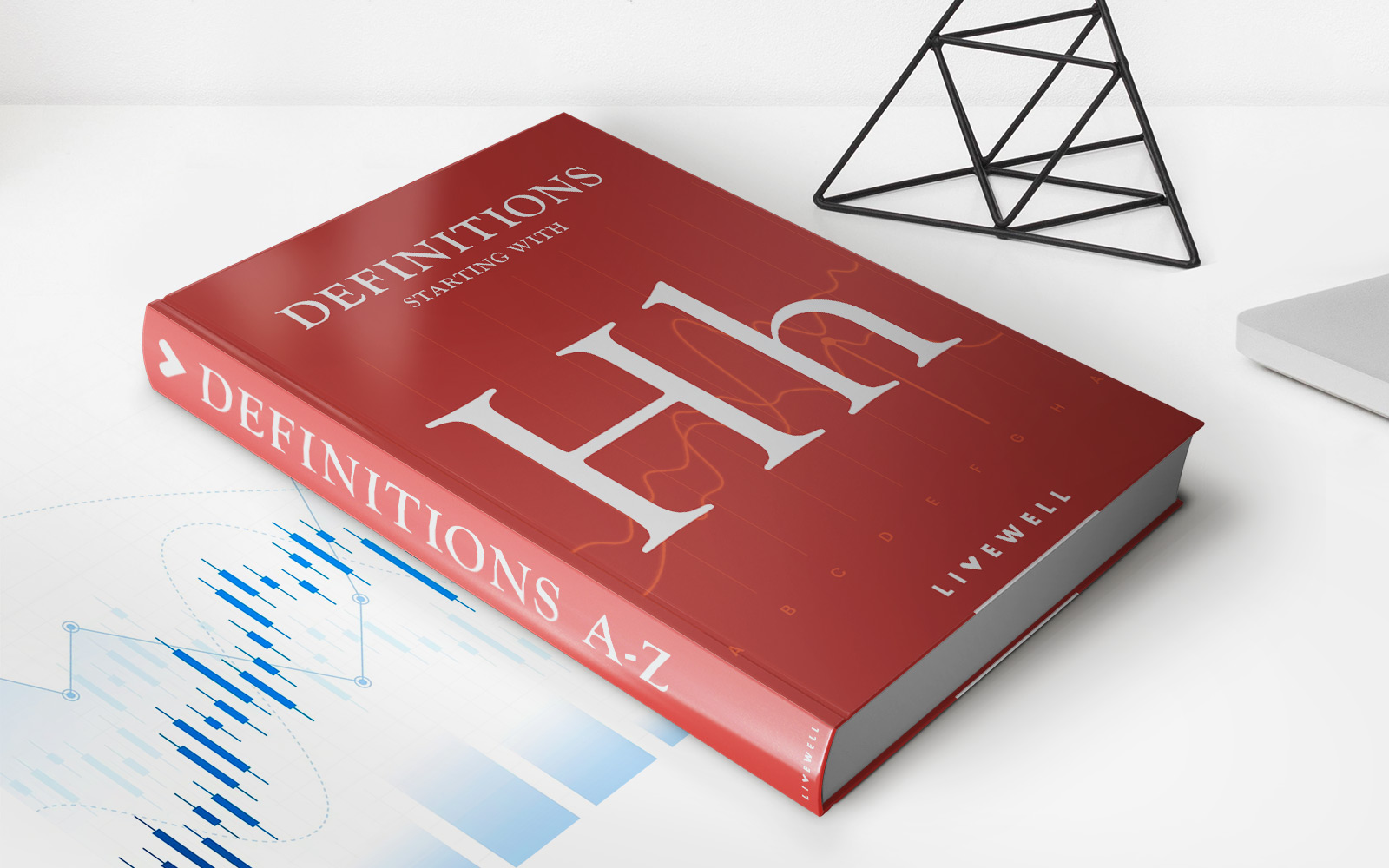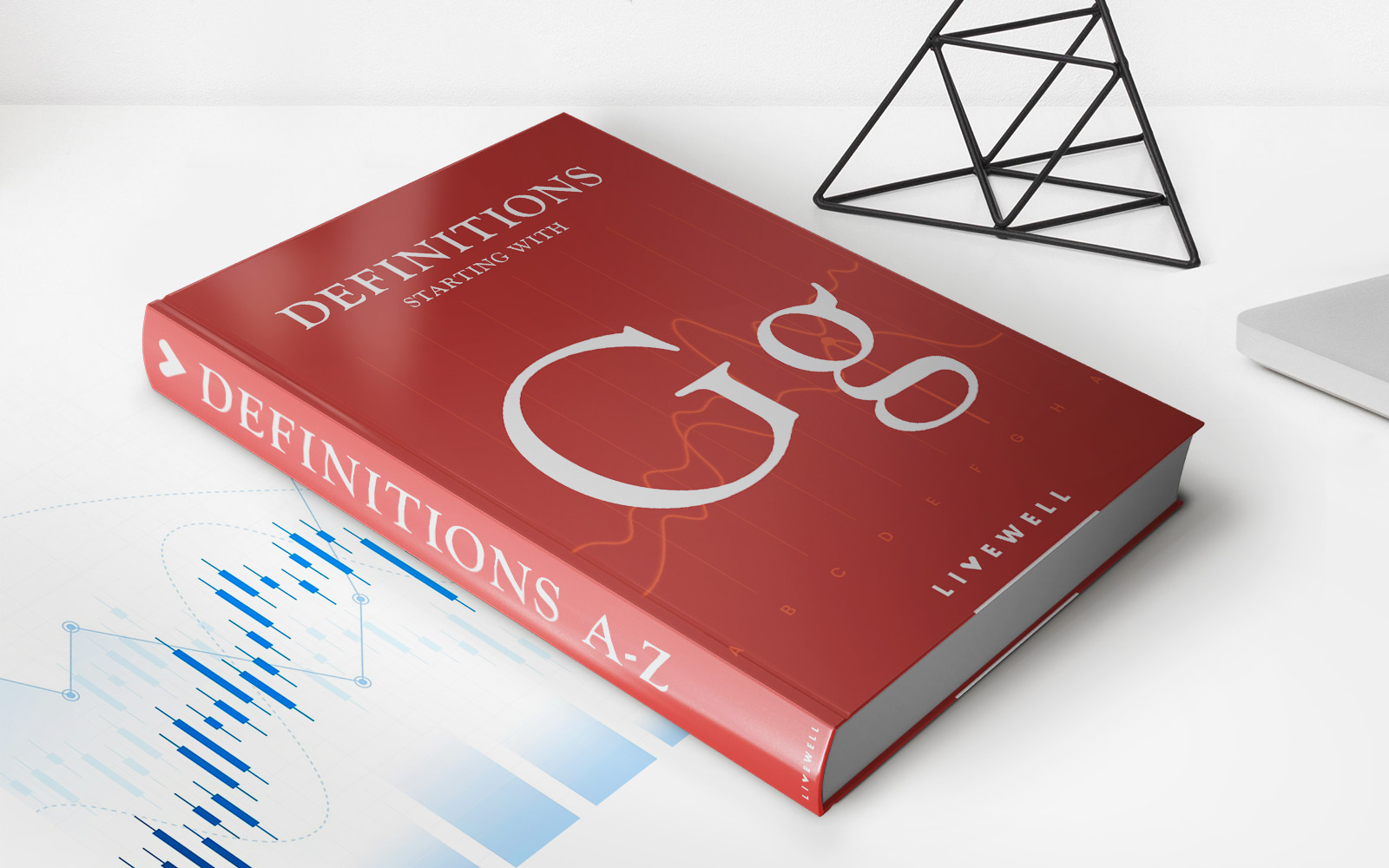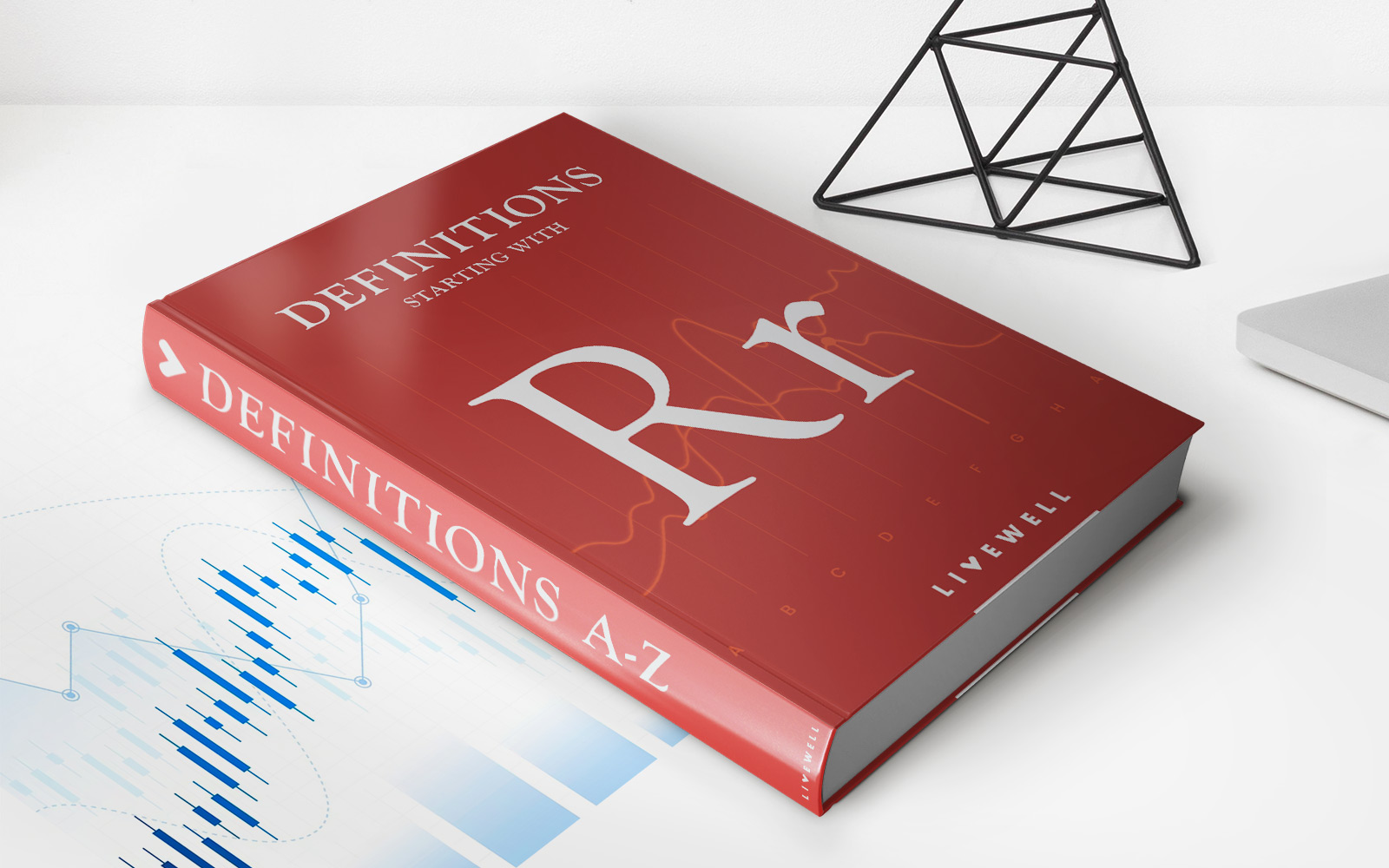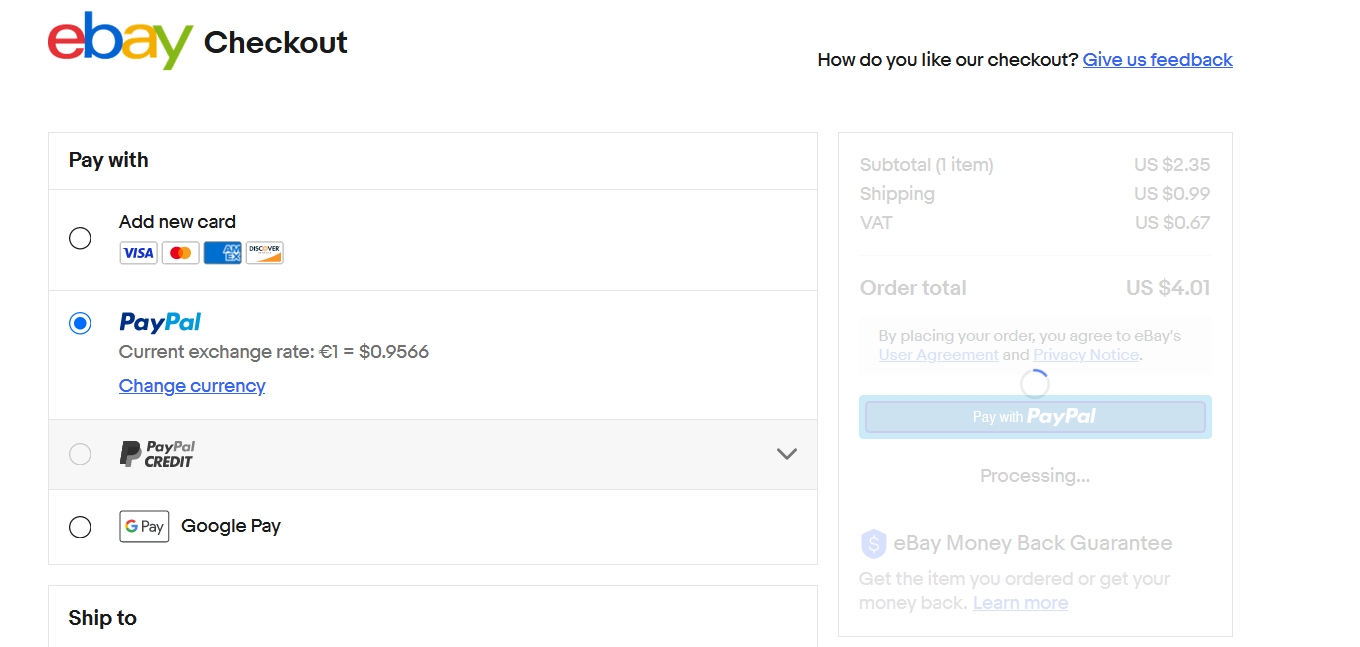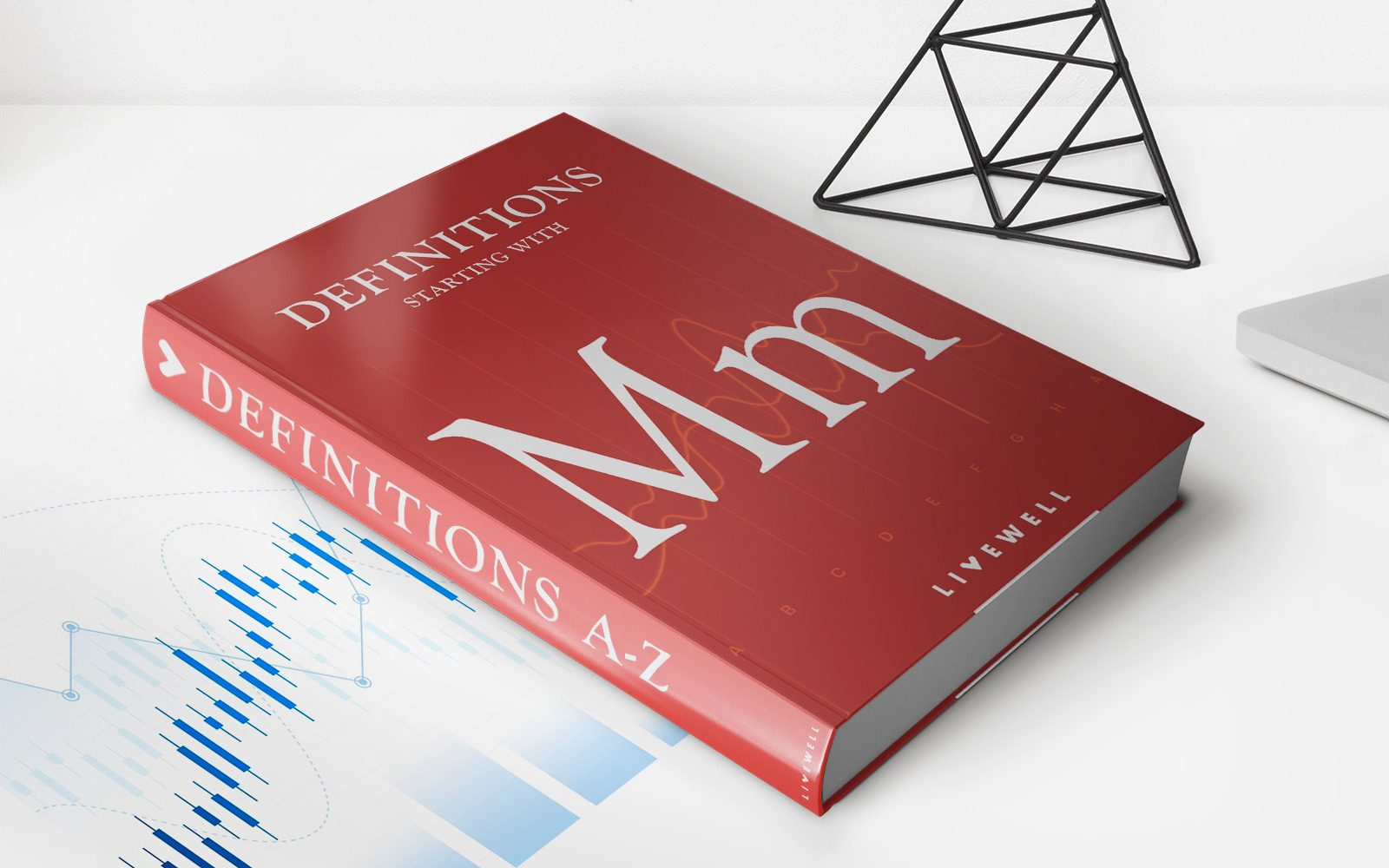

Finance
How To Calculate Property Insurance Rate
Modified: February 21, 2024
Learn how to calculate property insurance rate and get valuable insights on finance-related aspects for your insurance needs.
(Many of the links in this article redirect to a specific reviewed product. Your purchase of these products through affiliate links helps to generate commission for LiveWell, at no extra cost. Learn more)
Table of Contents
Introduction
Property insurance is a key component of financial planning and protection for individuals and businesses. Whether you own a house, a commercial building, or other valuable assets, having appropriate property insurance coverage is essential to safeguarding your investments. However, understanding how property insurance rates are calculated can be complex. This article aims to provide a comprehensive guide on how to calculate property insurance rates, taking into account the various factors that impact the cost.
Property insurance rates are determined by evaluating a range of criteria, including the value of the insured property, the associated risk factors, coverage options, deductibles, and limits. Insurers use sophisticated models and calculations to assess the overall risk and provide an appropriate rate for coverage.
In this article, we will explore the factors that affect property insurance rates and outline the steps involved in calculating the rate for your specific property. By understanding how insurance companies determine the cost of coverage, you can make informed decisions and ensure that you have the right level of protection in place.
Factors Affecting Property Insurance Rates
When it comes to calculating property insurance rates, several key factors come into play. Insurance providers assess these factors to determine the level of risk associated with insuring a particular property. Let’s take a closer look at the main factors that influence property insurance rates:
- Location: The location of the property is a significant factor in determining insurance rates. Properties located in areas prone to natural disasters, such as hurricanes, earthquakes, or floods, are considered higher risk and may result in higher premiums.
- Building Type: The type of building being insured also affects the Insurance rates. Different structures, such as single-family homes, apartments, or commercial buildings, have varying levels of risk in terms of fire hazards, safety features, and maintenance requirements.
- Building Age: The age of a property plays a role in insurance rates. Older buildings may have outdated electrical systems, plumbing, or structural issues that increase the risk of accidents or damage, leading to higher premiums.
- Construction Materials: The materials used in the construction of a property can impact the insurance rates. Buildings constructed with fire-resistant materials, such as concrete or brick, are generally considered lower risk and may result in lower premiums.
- Security Systems: The presence of security systems, such as alarm systems, surveillance cameras, and security guards, can help reduce the risk of theft or vandalism. Insurance providers often offer discounts for properties with effective security measures in place.
- Claims History: The claims history of the property owner can affect insurance rates. If the property has a history of frequent claims or extensive damage, insurance companies may consider it higher risk and charge higher premiums.
- Insurance Score: Similar to a credit score, an insurance score is a measure of a property owner’s risk level. It takes into account factors such as credit history, payment habits, and previous insurance claims. A higher insurance score can lead to lower insurance rates.
These are just a few of the primary factors that insurers consider when calculating property insurance rates. It’s important to note that different insurance providers may prioritize these factors differently, so it’s a good idea to compare quotes from multiple insurers to get the best coverage at the most competitive rates.
Determining the Value of the Insured Property
One important aspect of calculating property insurance rates is determining the value of the insured property. The value of the property serves as the basis for calculating the coverage amount and premium. Here are the key factors involved in determining the value:
- Replacement Cost: The replacement cost is the estimated amount it would take to rebuild or repair the property in the event of a total loss. It takes into account factors such as construction costs, labor, and materials. Insurance companies typically conduct a property appraisal or use industry-standard cost estimation tools to determine the replacement cost.
- Market Value: The market value is the price at which the property would sell in the current real estate market. While property insurance is not based solely on market value, it can give an indication of the property’s worth. Market value includes factors such as location, demand, and market conditions.
- Depreciation: Depreciation accounts for the decrease in value of the insured property over time. It is particularly relevant for items like appliances, furniture, and fixtures. The insurance company considers the age, condition, and useful life of these items when calculating the depreciation amount.
Insurance providers may use different methods to determine the value of the insured property, including surveys, property inspections, and historical data. It is crucial to provide accurate and up-to-date information about the property to ensure that the insurance coverage adequately reflects its value.
Additionally, it is important to regularly review and update the insured value of the property. Changes such as renovations, additions, or upgrades can significantly impact the property’s value and may require adjusting the coverage amount accordingly to ensure full protection.
By accurately determining the value of the insured property, you can ensure that you have the appropriate insurance coverage in place to protect your investment and mitigate financial loss in the event of unforeseen circumstances.
Assessing the Risk Associated with the Property
Insurance companies carefully assess the risk associated with insuring a property in order to determine the appropriate insurance rates. By evaluating various risk factors, insurers can gauge the likelihood of potential claims and adjust the premiums accordingly. Here are some key considerations when assessing the risk associated with a property:
- Location: The location of the property plays a significant role in determining the risk level. Properties situated in high-crime areas or regions prone to natural disasters like earthquakes, floods, or wildfires are considered higher risk. In contrast, properties located in safe neighborhoods or areas with excellent infrastructure and emergency services may be deemed lower risk.
- Building Features: The features and characteristics of the building itself are important factors in risk assessment. Insurers evaluate factors such as the age and condition of the property, the type of construction materials used, and the presence of safety features like fire alarms, sprinkler systems, and security measures. Buildings with adequate safety measures are seen as lower risk, as they are less likely to suffer extensive damage or loss.
- Occupancy Type: The purpose for which the property is used, whether residential or commercial, also affects the risk assessment. Commercial properties, such as restaurants or manufacturing facilities, may pose higher risks due to factors like increased foot traffic, use of hazardous materials, or greater susceptibility to fire or theft. Residential properties are generally considered lower risk, although factors like rental occupancy versus owner-occupied dwellings may impact the risk evaluation.
- Claims History: The claims history associated with the property, including previous insurance claims and losses, is a crucial consideration. Properties with a higher incidence of claims are deemed riskier and may result in higher insurance rates. Conversely, properties with a clean claims history are seen as lower risk.
- Personal Factors: Insurers also take into account personal factors related to the property owner or occupant. These may include credit history, insurance history, and risk management practices. A history of responsible financial management and previous insurance coverage may be viewed positively and result in lower insurance rates.
By conducting a thorough risk assessment, insurance companies can accurately evaluate the potential for losses and determine the appropriate insurance rates. Property owners can take steps to minimize risk, such as implementing security measures, maintaining the property in good condition, and adhering to safety guidelines. By working to mitigate risk, property owners can potentially reduce their insurance premiums over time.
Understanding Coverage Options
When calculating property insurance rates, it’s important to understand the various coverage options available to suit your specific needs. Insurance policies typically offer different levels of coverage, and it’s crucial to be familiar with the options to ensure you choose the right coverage for your property. Here are some common coverage options to consider:
- Basic Form Coverage: This is the most basic type of coverage that typically protects against specific perils, such as fire, theft, and vandalism. It provides coverage for the structure of the property and may also include limited coverage for personal belongings within the property.
- Broad Form Coverage: Broad form coverage includes protection against a wider range of perils, such as windstorms, hail, and water damage. It offers a more comprehensive level of coverage for both the structure and personal belongings.
- All Risk Coverage: All risk coverage, also known as comprehensive coverage, provides coverage for all potential perils unless specifically excluded in the policy. It offers the most extensive level of protection and is often recommended for high-value properties.
- Actual Cash Value vs. Replacement Cost: When it comes to property insurance, there are two main methods for determining the value of a covered loss: actual cash value (ACV) and replacement cost. ACV takes into account depreciation and pays out the current value of the damaged or destroyed property. Replacement cost, on the other hand, covers the cost of replacing or repairing the property without considering depreciation.
- Additional Living Expenses: If your property becomes uninhabitable due to a covered loss, additional living expense coverage can help cover the cost of temporary housing, meals, and other necessary expenses while your property is being repaired or rebuilt.
- Personal Liability: Personal liability coverage protects you financially if someone is accidentally injured on your property or if you accidentally cause damage to someone else’s property. It covers legal fees, medical expenses, and damages awarded in a liability lawsuit.
It’s important to carefully review and understand the coverage options available in your insurance policy. Consider the specific needs of your property and your risk tolerance when selecting the type and amount of coverage. Consult with an insurance professional to ensure that you have adequate protection tailored to your property and circumstances.
Applying Deductibles and Limits
When calculating property insurance rates, deductibles and limits play a crucial role in determining coverage and premiums. Understanding how these factors work can help you make informed decisions about your insurance policy. Here’s an overview of deductibles and limits:
- Deductibles: A deductible is the amount of money you are responsible for paying out of pocket before your insurance coverage kicks in. For example, if you have a $1,000 deductible and file a claim for $5,000 in damages, you would pay the first $1,000, and your insurance company would cover the remaining $4,000. Higher deductibles typically result in lower insurance premiums, but you should choose a deductible amount that you can comfortably afford to pay in the event of a claim.
- Limits: Policy limits refer to the maximum amount your insurance provider will pay for covered losses. There are generally separate limits for the structure of the property and personal belongings. It’s crucial to select coverage limits that adequately protect the value of your property and possessions. If the actual cost of a covered loss exceeds your policy limit, you may be responsible for paying the difference out of pocket. Review your insurance policy carefully to ensure that the limits align with your financial needs and property value.
- Combined Single Limit: Some insurance policies offer a combined single limit (CSL) option, which provides a single coverage limit that applies to both the property structure and personal belongings. This can provide more flexibility in how the coverage is allocated between these two categories.
- Affordable Deductibles and Adequate Limits: Choosing the right deductible and coverage limits is a balancing act. While higher deductibles may result in lower premiums, you need to ensure that the deductible amount is manageable for you. Similarly, selecting coverage limits that are too low could leave you financially vulnerable in the event of a significant loss. Work with your insurance provider to find an appropriate balance between affordable deductibles and adequate coverage limits.
Keep in mind that deductibles and limits can vary depending on the type of property, coverage options, and insurer. It’s important to review and understand the terms and conditions of your insurance policy to determine how deductibles and limits will impact your coverage and premiums. Consulting with an insurance professional can provide valuable guidance in selecting the right deductibles and limits for your specific needs.
Considering Additional Endorsements
When calculating property insurance rates, it’s important to consider additional endorsements that can customize and enhance your coverage. While standard property insurance policies provide essential protection, there may be specific risks or valuables that require additional endorsements to ensure comprehensive coverage. Here are some common additional endorsements to consider:
- Flood Insurance: Standard property insurance policies often do not cover damage caused by floods. If you live in a flood-prone area or want extra protection, obtaining a separate flood insurance policy is essential. Flood insurance can help cover the costs of damages resulting from flooding due to heavy rain, melting snow, or coastal storm surges.
- Earthquake Insurance: Similar to flood insurance, standard property insurance policies typically do not cover damages caused by earthquakes. If you reside in an earthquake-prone region, it is worth considering earthquake insurance to safeguard your property against potential damages resulting from seismic activity.
- Jewelry, Fine Arts, and Valuable Items: If you own high-value items such as jewelry, fine arts, collectibles, or expensive electronics, standard property insurance policies may have coverage limits. Adding endorsements for these specific items can provide additional coverage, including protection against loss, theft, or damage.
- Home Business Coverage: If you operate a home-based business, standard property insurance policies may not cover business-related liabilities or damages. Adding an endorsement for home business coverage can ensure that your business assets and liabilities are adequately protected.
- Sewer and Drain Backup Coverage: Standard property insurance policies may exclude coverage for damages resulting from sewer or drain backups. Adding an endorsement for sewer and drain backup coverage can provide financial protection in the event of property damage caused by these incidents.
Before adding additional endorsements to your insurance policy, carefully evaluate your specific needs and weigh the costs against the benefits. Work closely with your insurance provider to understand the limitations and coverage details associated with each endorsement. Depending on your circumstances, additional endorsements can provide valuable protection and peace of mind.
Calculating the Property Insurance Rate
Calculating the property insurance rate involves a combination of factors, including the value of the insured property, the associated risk factors, chosen coverage options, deductibles, and limits. While each insurance provider may have its own specific formula and considerations, here is a general overview of how the property insurance rate is typically determined:
- Assessment of Property Value: The insurance company assesses the value of the insured property based on factors such as replacement cost and market value. This valuation helps determine the coverage amount and influences the insurance rate.
- Evaluation of Risk Factors: The insurance provider evaluates various risk factors associated with the property, such as location, building type, construction materials, and security systems. Higher-risk properties may result in higher insurance rates.
- Selection of Coverage Options: The chosen coverage options, such as basic form, broad form, or all-risk coverage, impact the insurance rate. The more comprehensive the coverage, the higher the premium is likely to be.
- Application of Deductibles and Limits: The deductible amount and coverage limits selected by the policyholder also affect the insurance rate. Higher deductibles often lead to lower premiums, while higher coverage limits may result in higher premiums.
- Inclusion of Additional Endorsements: The addition of specific endorsements, such as flood insurance, earthquake insurance, or coverage for high-value items, can impact the insurance rate. Each endorsement may have its own premium associated with it.
- Consideration of Other Factors: Insurance providers may also consider factors such as the policyholder’s claims history, credit score, and risk management practices when calculating the property insurance rate.
It’s important to note that these factors are not weighted equally by all insurance providers. Different insurers may prioritize certain factors over others. Therefore, it is advisable to compare quotes from multiple insurance companies to ensure you get the best coverage at a competitive rate.
Keep in mind that property insurance rates can vary over time based on market conditions, changes in the property, and other factors. It is a good practice to regularly review your insurance policy, reassess your coverage needs, and seek updated quotes to ensure that you have the appropriate coverage in place at a fair rate.
Conclusion
Calculating property insurance rates involves considering various factors such as the value of the insured property, risk factors, coverage options, deductibles, limits, and endorsements. Insurance companies carefully evaluate these factors to determine the appropriate premium for insuring your property.
Understanding the factors that affect property insurance rates allows you to make informed decisions when selecting coverage for your property. Factors such as location, building type, construction materials, and security systems play a significant role in determining the level of risk associated with your property and, consequently, the insurance rates.
It is crucial to accurately determine the value of the insured property to ensure that your coverage adequately reflects its worth. Regularly reviewing and updating the insured value, as well as considering additional endorsements for specific risks or valuable items, helps ensure comprehensive protection.
When calculating your property insurance rate, it’s important to strike a balance between affordable deductibles and adequate coverage limits. Higher deductibles can result in lower premiums, but be sure to choose a deductible amount that you can comfortably afford to pay in the event of a claim. Coverage limits should be sufficient to protect your property and belongings from potential losses.
Lastly, remember to regularly review your insurance policy, reassess your coverage needs, and compare quotes from multiple insurers to ensure that you have the right coverage in place at a competitive rate.
By understanding the factors involved in calculating property insurance rates and making informed decisions, you can secure the appropriate coverage to protect your property, mitigate financial risks, and bring peace of mind.



